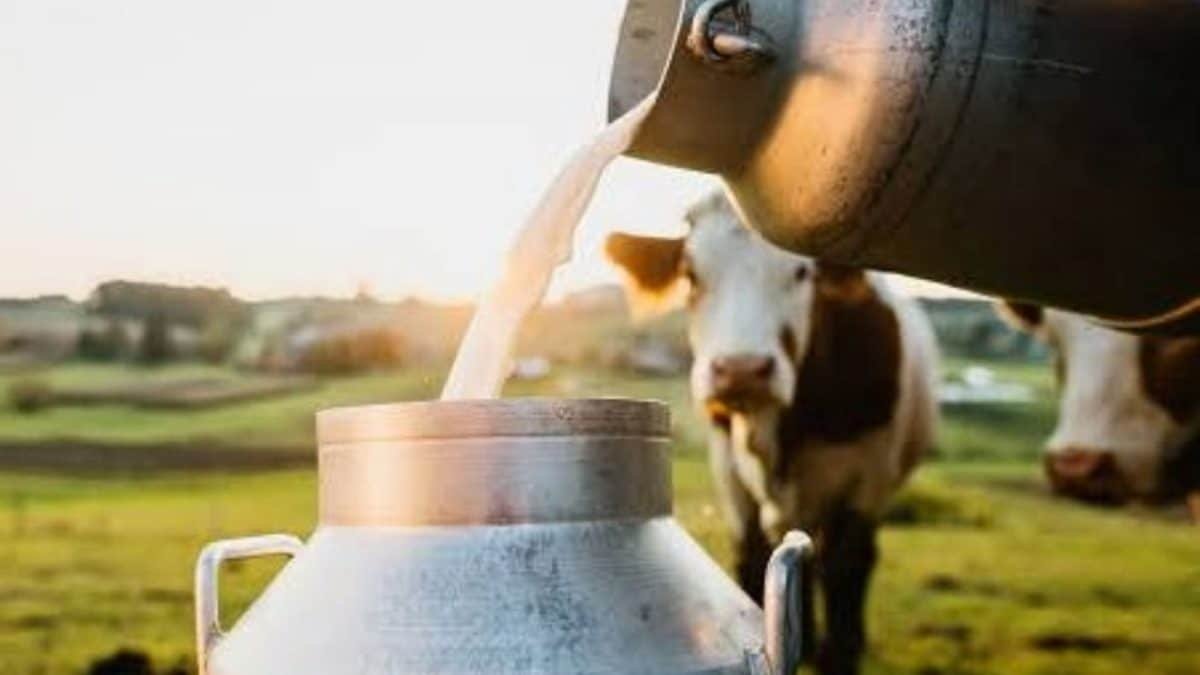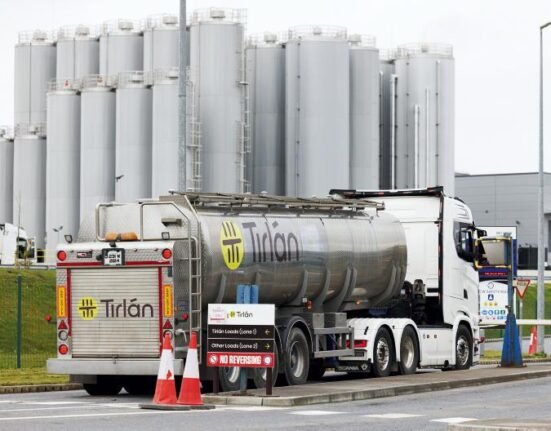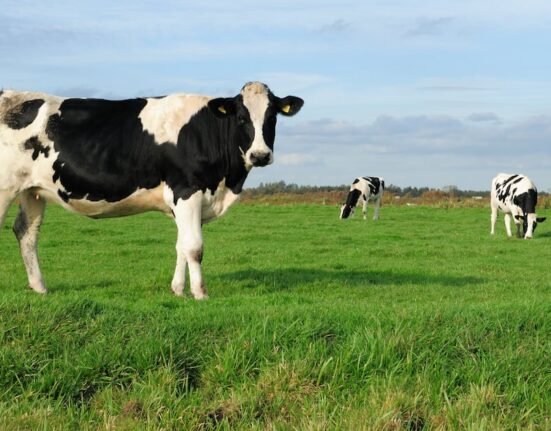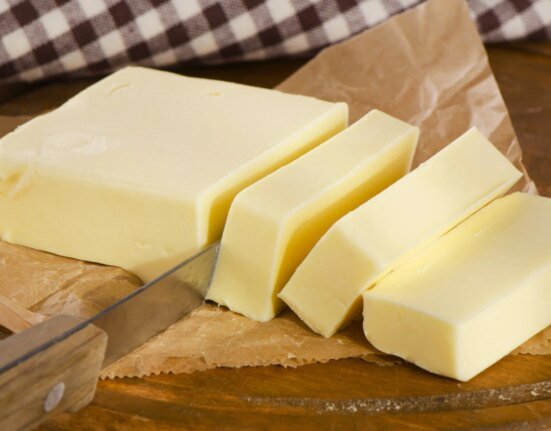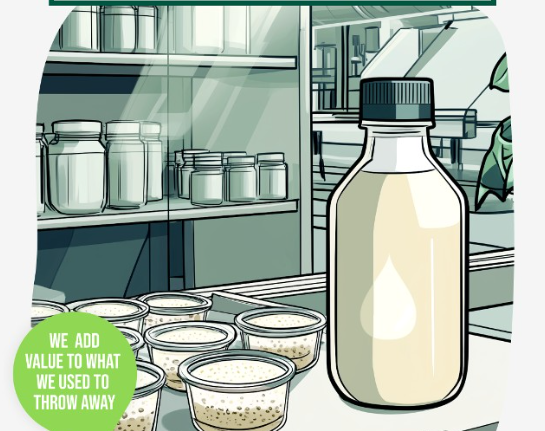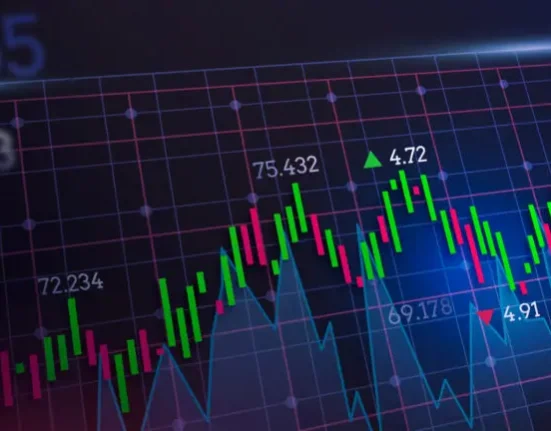In a landmark development that could reshape global dairy trade and supply dynamics, new forecasts indicate that milk production in the European Union is expected to remain stagnant over the next decade. As herd sizes continue to shrink and productivity gains plateau, the EUâlong considered a dairy powerhouseâmay be approaching its structural peak in milk output.
According to a comprehensive sectoral report highlighted by Ornua and supported by EU agricultural projections, overall milk production across Europe is forecast to flatten through 2035, driven by a combination of environmental constraints, policy reforms, and generational shifts in farming.
đ§ Whatâs Driving the Decline?
Several converging factors are redefining the production landscape:
đ 1. Declining Dairy Herds
The EU dairy cow population is steadily declining due to rising input costs, animal welfare regulations, and changes in land use. While genetic improvements and farm consolidation once masked this trend, productivity growth can no longer compensate for the decline in herd size.
đ± 2. Environmental Pressures
Europeâs aggressive climate goalsâanchored in the Green Deal, Farm to Fork Strategy, and Common Agricultural Policy (CAP)âare compelling farmers to reduce emissions, shift land use, and adopt more regulated production methods. These constraints are adding compliance costs and slowing expansion.
đšâđŸ 3. Structural Shift in Farming
The ageing of Europeâs dairy farmers, fewer next-generation successors, and growing urbanisation are contributing to a long-term contraction in dairy activityâespecially in small to mid-sized family farms that form the backbone of EU milk production.
âThe EUâs dairy industry is at an inflection point. The slowdown is not cyclicalâitâs structural,â says Dr. Ramesh Chauhan, a dairy economist and policy advisor.
âFor countries like India, this could shift both export opportunities and strategic partnerships in dairy trade.â
đ What This Means for India and the Global Market
đŠ 1. New Export Opportunities
A plateauing EU supply opens the door for India to expand its footprint in global dairy exports, particularly in skimmed milk powder (SMP), butter, and cheese, where Europe has traditionally dominated.
đ° 2. Price Stability or Firming
With EU output flattening, milk and dairy commodity prices may remain firm or rise over time. Indian cooperatives and processors must adapt pricing and procurement strategies to align with international trends.
â»ïž 3. Sustainability Will Be the Differentiator
As the EU shifts toward carbon-efficient dairy systems, Indian producers eyeing exports will need to adopt green technologies, reduce methane emissions, and strengthen traceability systems to remain competitive.
đ Data Snapshot: EU vs India (2024â2025 Outlook)
| Metric | EU Projection (2025) | India Outlook (2025) |
|---|---|---|
| Milk production trend | Flat/slight decline | Steady growth (2â3%) |
| Dairy herd trend | Declining | Stable to slightly rising |
| Export capacity (SMP/cheese) | Pressured | Expanding (esp. cooperatives) |
| Sustainability mandates | Strict (Green Deal) | Evolving (yet under-leveraged) |
đ ïž Strategic Imperatives for Indian Dairy
â Boost Value-Added Capacity: Focus on cheese, SMP, ghee, and probiotic products to plug emerging gaps in global trade.
â Go Green to Go Global: Align with eco-friendly dairy practices, improve cold chain efficiency, and invest in methane-reduction technologies.
â Forge EU Partnerships: Collaborate with EU-based buyers and brands looking for stable, compliant supply chains in the Global South.
đïž Conclusion: A Global Rebalancing Underway
The stagnation of EU milk output is more than just a regional concernâit represents a shift in the centre of gravity for global dairy supply. As Europe adjusts to environmental, economic, and demographic headwinds, Indiaâs role as a rising dairy leader becomes more critical.
However, to seize this moment, the Indian dairy ecosystem must prioritise sustainability, traceability, and export readinessâbefore the next global demand wave arrives.

